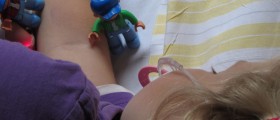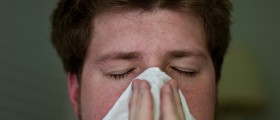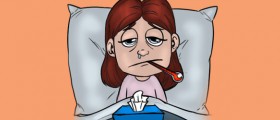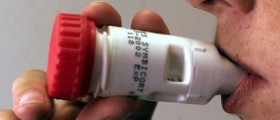
Croup is mainly a childhood disease. It involves the inflammation of the upper airways, including larynx and trachea. It is characterized by hoarseness and barking cough, which tends to occur during night.
Croup is mainly a viral disease. In most cases it is caused by parainfluenza virus, adenovirus and respiratory syncytial virus. It can develop during or after flu or common cold. Croup is very rare in adults and mainly affects young children, mostly six months to three years old.
About croup
This is rarely a dangerous disease and in most cases it goes away without any particular treatment, usually within several days. Some children, especially those prone to upper respiratory tract infections, suffer from croup several times a year.
Outbreaks of croup are particularly common during fall, winter and early spring, when the viruses that are causing it are particularly present. However, if a child comes in contact with those viruses, it does not necessarily mean he or she will get croup. Sometimes the same viruses cause simply a mild cold.
Symptoms of croup
As mentioned above, the typical symptoms of croup are hoarse voice and cough that resembles seal barking. Initially, the child may have symptoms typical for cold, such as mild fever and runny nose. The upper airways become progressively swollen, which causes barking cough. If the swelling is particularly intense, the child may have some difficulty breathing, with stridor or high-pitched sound during inhalation.
In more serious cases, if the breathing is very rapid, the child may become cyanotic, which means he or she is not getting enough oxygen. Cyanosis is characterized by bluish lips and fingernails and it is a sign of medical emergency.
Symptoms of croup tend to become worse during night or when the child is upset and crying.
Treatment for croup
Being a viral disease, croup does not require any particular medication. This disease often goes away on its own after several days, but there are steps and measures that can relieve the symptoms and make the disease more sufferable.
For example, it is recommended to increase the indoor air humidity with the help of humidifiers and vaporizers, or simply to expose the child to the vapors from the hot water in the bathroom.
Fresh air is also helpful, and it is recommended to take a short and slow walk outside or to drive around in the car with the windows down.
In case of severe breathing problems, doctors may give the child some adrenalin or oxygen. Steroids may also be given to reduce the swelling.

















Your thoughts on this
Loading...